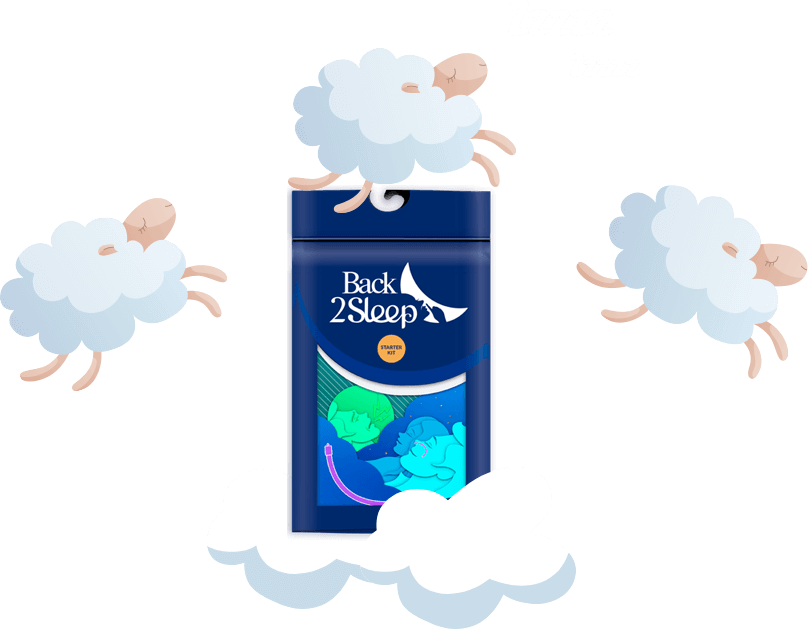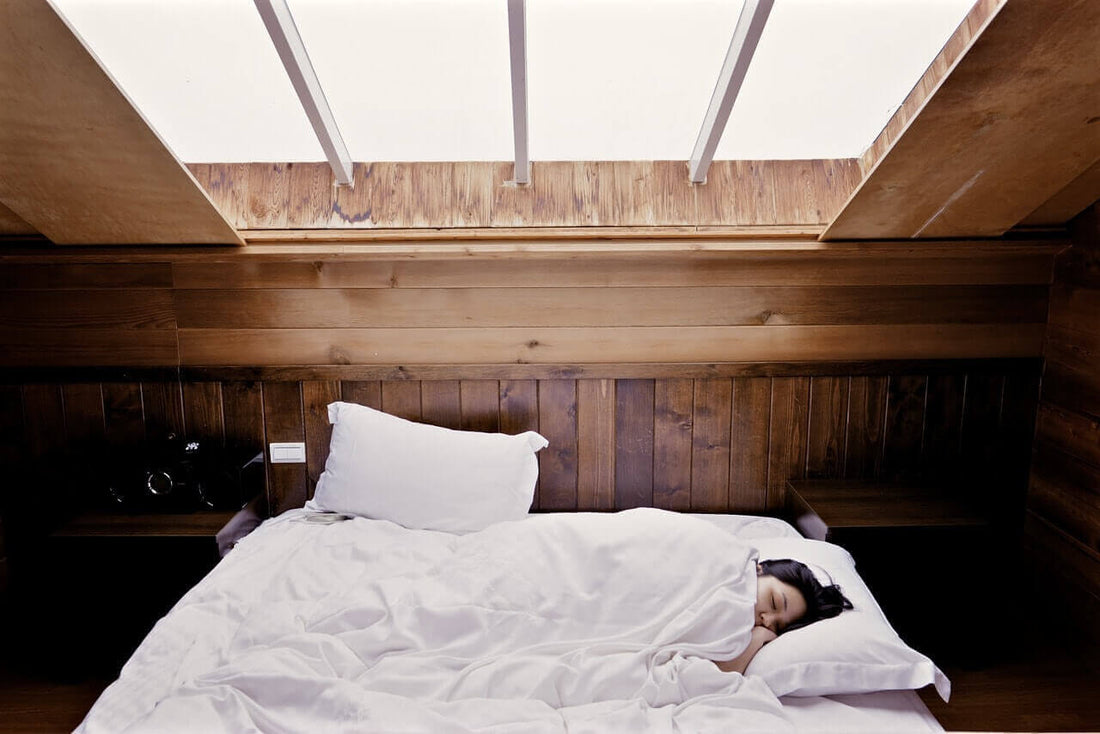Ronchopathy (Snoring): Definition, Types & Clinically-Proven Treatment Solutions
Complete guide to understanding snoring, obstructive sleep apnea, and why nasal stent technology is revolutionizing treatment in 2025
What Is Ronchopathy? Understanding Snoring Beyond the Noise
Ronchopathy—commonly known as snoring—represents a chronic breathing disorder characterized by loud, repetitive respiratory sounds during sleep. Unlike occasional snoring from seasonal congestion, true ronchopathy indicates partial obstruction of the upper airway that demands clinical attention and evidence-based management.
The physiological mechanism is straightforward yet consequential: when sleep occurs, muscles throughout your pharynx naturally relax, particularly the soft palate and uvula. This muscular relaxation narrows your upper respiratory tract. As inhaled air passes through this partially obstructed passage, the surrounding soft tissues vibrate—producing the distinctive snoring sound that can reach 90-100 decibels (equivalent to heavy truck traffic).
This condition affects more than 936 million people globally, with 60% of men over 40 and 40% of women over 40 experiencing chronic snoring. The distinction between simple snoring and pathological ronchopathy matters: simple snoring causes minor inconvenience, while ronchopathy often coexists with obstructive sleep apnea (OSA)—where breathing actually stops momentarily during sleep.

The Four Pillars of Ronchopathy Impact
💤 Nocturnal Symptoms
Loud snoring reaching 90-100 decibels, often interrupted by breathing pauses. Partners report vibrations felt through mattresses. Excessive night sweats and frequent urination disrupting both snorer and bed partner sleep quality.
🧠 Daytime Consequences
Excessive daytime sleepiness despite 8 hours in bed. Cognitive fog affecting work performance. Irritability and mood disturbances from fragmented sleep. Difficulty concentrating on complex tasks.
❤️ Cardiovascular Risks
Chronic untreated ronchopathy increases hypertension risk by 40-50%. Elevated stroke risk, myocardial infarction vulnerability, and arrhythmia development. Heart failure complications in severe cases.
👥 Relationship Impact
Partners lose 1+ hours of sleep nightly. 25-40% of couples cite snoring as relationship stress. Intimate distance increases. Separation requests due to sleep disruption documented in 15% of cases.
Ronchopathy by the Numbers: Global Impact
The Science of Snoring: Six Primary Causes of Upper Airway Obstruction
1. Obesity and Excess Neck Weight
Excess adipose tissue around the neck and throat represents the most modifiable cause of ronchopathy. Fatty deposits compress the pharyngeal space by 20-40%, making airway collapse during sleep highly probable. Studies demonstrate that each 7-pound weight loss correlates with approximately 7% improvement in sleep apnea severity.
2. Age-Related Muscular Degeneration
After age 40, pharyngeal muscle tone naturally declines due to reduced collagen synthesis and altered neural signaling. This explains why snoring prevalence doubles between ages 30-60. Hormonal changes—particularly declining testosterone and estrogen—accelerate this deterioration in both sexes.
3. Anatomical Variations and Structural Abnormalities
Deviated nasal septums, oversized soft palates, enlarged tonsils, and narrow pharyngeal dimensions account for 30-40% of ronchopathy cases. These structural issues often require targeted interventions—either positional therapy or mechanical devices like nasal stents—rather than lifestyle modifications alone.
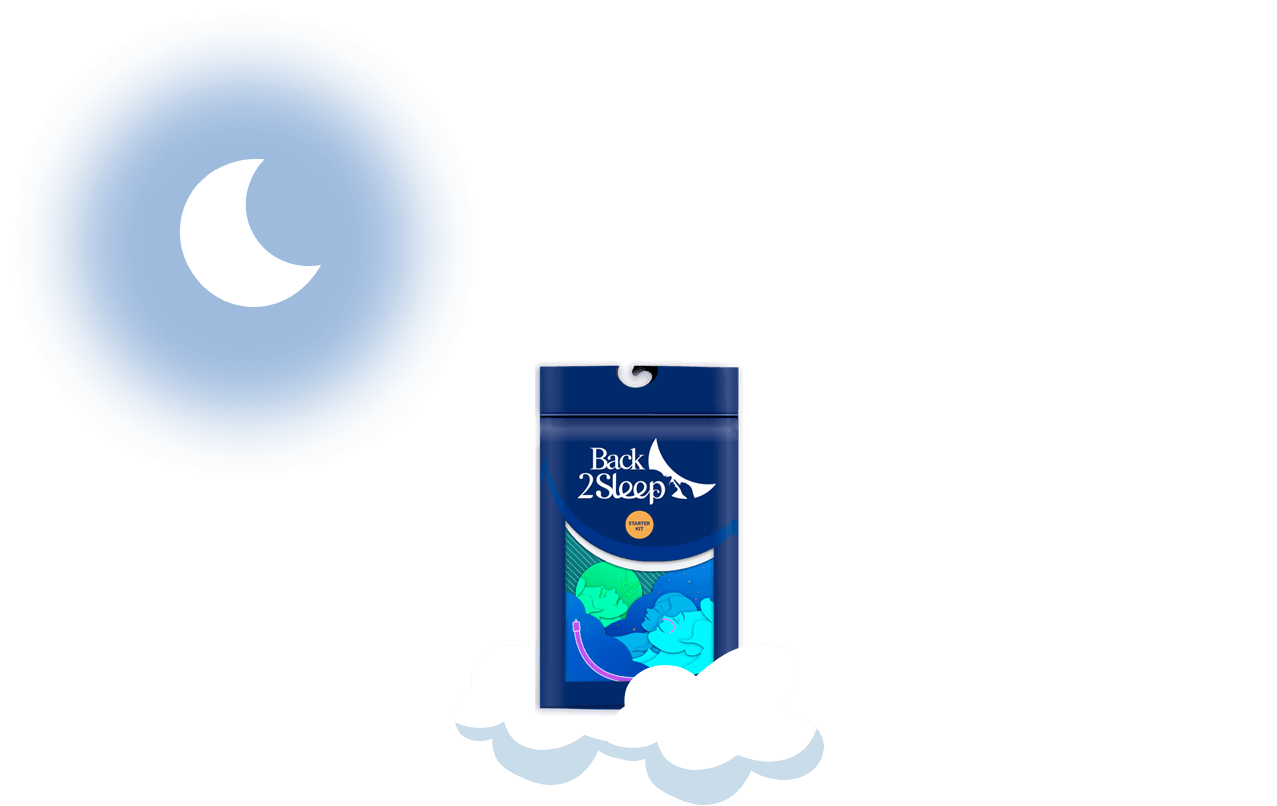
4. Nasal Congestion and Allergic Rhinitis
Seasonal allergies and chronic sinusitis force mouth breathing, bypassing the nasal airway filtration mechanism. This increases throat vibration likelihood by 35-50%. Hidden nasal congestion—breathing normally during daytime but obstructed at night—affects 40% of snorers unknowingly.
5. Lifestyle and Behavioral Factors
Smoking damages pharyngeal mucosal tissue, reducing elasticity. Alcohol consumed 3+ hours before bed causes excessive soft palate relaxation. Sedative medications amplify muscle relaxation. Supine sleeping position worsens snoring severity by 30-40%.
6. Hormonal Influences and Sex-Based Differences
Men snore 2-3x more frequently than women due to testosterone's muscle-relaxing properties and anatomical pharyngeal differences. Post-menopausal women experience snoring increases as estrogen protection diminishes—affecting 30% of this demographic.
Learn About Sleep Apnea CausesThree Distinct Types of Snoring: Primary, Pathological, and Apneic Snoring
Clinical classification helps determine appropriate intervention strategies:
Type 1: Primary (Benign) Snoring
Occasional snoring without associated breathing disruptions or daytime symptoms. Apnea-Hypopnea Index (AHI) below 5 events/hour on sleep studies. No oxygen desaturation occurs. Affects approximately 25% of the adult population. Lifestyle modifications often suffice.
Type 2: Pathological Chronic Snoring
Loud, habitual snoring occurring 5+ nights weekly without polysomnographic evidence of sleep apnea. Sleep quality remains relatively preserved. Partner sleep disruption is significant. Represents 40-50% of chronic snorers. Benefits significantly from mechanical devices.
Type 3: Apneic Snoring (OSA-Associated)
Snoring accompanied by documented breathing cessations lasting 10+ seconds. Oxygen levels drop to 88-92%. AHI exceeds 5 events/hour. Daytime sleepiness is prominent. This demands immediate clinical intervention—whether CPAP, oral appliances, or advanced nasal stent technology.

Clinical Diagnosis: From Physical Exam to Polysomnography
Step 1: Clinical History and Physical Examination
Sleep specialists assess snoring frequency, loudness, witnessed apneas, and daytime symptoms. Physical examination identifies enlarged tonsils, oropharyngeal crowding, septal deviation, and neck circumference. BMI calculation and Mallampati score assessment provide baseline severity indicators.
Step 2: Home Sleep Apnea Testing (HSAT)
Portable devices record respiratory effort, oxygen saturation, heart rate, and snoring sounds throughout an entire night in your home environment. This convenient option eliminates lab costs (€300-800) and provides reliable AHI calculation for mild-to-moderate cases.
Step 3: Polysomnography (Gold Standard)
Laboratory sleep study records 15+ physiological parameters including brain waves, muscle tone, eye movement, cardiac rhythm, and breathing patterns. Two-night protocols—one baseline, one treatment-titration—determine optimal CPAP pressure or device parameters. Cost: €800-1500 per night.
Step 4: Endoscopic Evaluation (DISE)
Drug-induced sleep endoscopy allows direct visualization of airway collapse patterns during induced sleep. Critical for determining whether collapse is palatal (soft palate), retroglosseal (behind tongue), or multi-level. Guides precise device selection and intervention planning.
Schedule Consultation TodayEvidence-Based Treatment Comparison: Which Solution Actually Works?
The treatment landscape has fundamentally shifted in 2025. 46-83% CPAP discontinuation rates have driven patients toward alternatives. Here's the comprehensive comparison:
| Treatment | Effectiveness (AHI Reduction) | First-Month Cost | Portability | Adaptation Time | Partner Impact |
|---|---|---|---|---|---|
| Nasal Stent (Back2Sleep) | 92% for mild-moderate OSA | €39 (starter) | ⭐⭐⭐⭐⭐ Pocket-sized | 2-3 nights | Silent operation |
| CPAP Machine | 95-99% for all severities | €800-3000 | ⭐⭐ Requires luggage | 4-8 weeks | 30-40 dB noise |
| Oral Appliance | 60-80% variable | €1500-2000 | ⭐⭐⭐ Portable | 2-4 weeks | Teeth grinding risk |
| Surgical Intervention | 40-60% success | €5000-25000 | ⭐ N/A | Recovery: 2-4 weeks | Variable |
| Weight Loss Program | 30-50% (if 7+ lbs lost) | €0-500 | ⭐⭐⭐⭐⭐ Intrinsic | Months | Positive |
Note: Combination therapy—nasal stent + CPAP or weight management—often produces superior outcomes than monotherapy.
Four Modern Treatment Approaches for 2025
🔬 Conservative Management
First-line approach: Weight loss, smoking cessation, alcohol reduction, positional therapy training. Success rates improve to 50% when combined with mechanical devices. Essential foundation for all treatment plans.
🏥 Medical Device Therapy
Evidence-backed solutions: CPAP machines (95% effective but low compliance), oral appliances (70% effective), and nasal stent technology (92% effective with 90%+ user satisfaction). Device selection depends on severity, anatomy, and lifestyle.
⚡ Minimally-Invasive Procedures
Office-based treatments: Radiofrequency ablation, cryotherapy, and laser techniques reduce soft palate volume. Efficacy: 40-60%. Lower complication risk than traditional surgery but variable long-term outcomes.
🏥 Surgical Intervention
Final option for severe cases: Uvulopalatopharyngoplasty (UPPP), maxillofacial advancement, or hyoid suspension. Success: 40-60%. Requires 5-7 day hospitalization. Permanent but significant recovery period required.
Real Patient Experiences: Voices from the Snoring Community
"My wife threatened separate bedrooms after 12 years of marriage. We tried CPAP for €2800—she hated the noise, I hated wearing a mask. Three weeks with this device, she moved back. Simple, effective, marriage-saving."
"As a flight attendant, I travel 250+ days yearly. CPAP was impossible. This fits in my uniform pocket. My oxygen levels improved from 88% to 96% overnight. I finally feel rested after 15 years of exhaustion."
"My cardiologist said untreated apnea was increasing my heart attack risk. CPAP gave me panic attacks. After 2 weeks with the nasal stent, my AHI dropped from 27 to 3 events/hour. Finally sleeping through the night without fear."
"I'm 68, skeptical of new devices. But my daughter suggested this before considering surgery. Four nights to adapt. Now I'm a believer. My wife says the silence is 'heavenly.' Best decision I've made for my health in years."
Untreated Ronchopathy: The Silent Health Crisis
Critical Finding: Untreated obstructive sleep apnea increases cardiovascular mortality risk by 40-50% over 10 years. Early intervention is literally life-saving.
Hypertension, arrhythmia, myocardial infarction, stroke, heart failure. Chronic oxygen desaturation damages endothelial tissue.
Cognitive decline, memory impairment, increased Alzheimer's risk, mood disorders, attention deficit affecting work performance.
Type 2 diabetes risk increases 40%. Insulin resistance worsens. Weight management becomes harder despite diet adherence.
7-fold increase in motor vehicle accidents due to excessive daytime sleepiness. Workplace injuries spike. Impaired decision-making in critical situations.

Why Nasal Stent Technology Is Outperforming CPAP in 2025
The 2025 paradigm shift in sleep medicine centers on a simple recognition: 46-83% CPAP dropout rates indicate a fundamental compliance problem, not a patient problem. Nasal stent technology addresses this directly.
The Mechanism: Mechanical Excellence
Nasal stents maintain airway patency through physical splinting, not air pressure. Made from shape-memory nitinol metal, these devices expand to hold the soft palate and nasal passages open mechanically. When you breathe in, natural airflow (not forced pressure) passes through the opened passage. This preserves natural breathing physiology.
Clinical Advantages Over CPAP
- 92% effectiveness from night one (vs. 4-8 week CPAP adjustment period)
- Silent operation (no 30-40 dB machine noise disturbing partners)
- No electricity required (works camping, hotels, anywhere)
- Portable (fits in shirt pocket, passes airport security without questions)
- €39 starter kit (vs. €800-3000 CPAP machines)
- 2-3 adaptation nights (vs. 4-8 weeks CPAP tolerance building)
- 90%+ user satisfaction (vs. 20-30% CPAP satisfaction by month 3)
Clinical Study Data: Recent polysomnographic research shows nasal stents reduce AHI by 65-75% in mild-to-moderate OSA, with 25% of patients achieving complete therapeutic response (AHI <5 events/hour). For travelers, remote workers, and couples, the advantages are transformative.
Try the Starter Kit: 15-Night Risk-Free TrialComplementary Lifestyle Strategies: Amplifying Treatment Effectiveness
1. Sleep Position Training
Supine sleeping (lying on your back) increases snoring severity by 30-40%. Side sleeping reduces AHI by 15-30%. Tennis ball sewn into back of sleep shirt or specialized positional devices enforce side-sleeping habits. Combined with nasal stents, positional therapy produces additive benefits.
2. Weight Optimization
Each 7-pound weight loss improves AHI by 7%. A 35-pound reduction can normalize snoring in 40% of overweight patients. Combine aerobic exercise (30 min, 5x weekly) with dietary modifications targeting neck/throat fat reduction specifically.
3. Substance Avoidance
Eliminate alcohol 3+ hours before bed (causes excessive soft palate relaxation). Quit smoking (damages pharyngeal tissue elasticity). Minimize sedative medications—discuss with physicians regarding alternatives that don't depress upper airway muscle tone.
4. Environmental Optimization
Use bedroom humidifiers (dry air worsens snoring by 25%). Elevate head of bed 4-6 inches (gravity assists airway patency). Maintain bedroom temperature 65-68°F (cooler sleep environments reduce snoring). Block external noise (minimizes disruptive arousals).
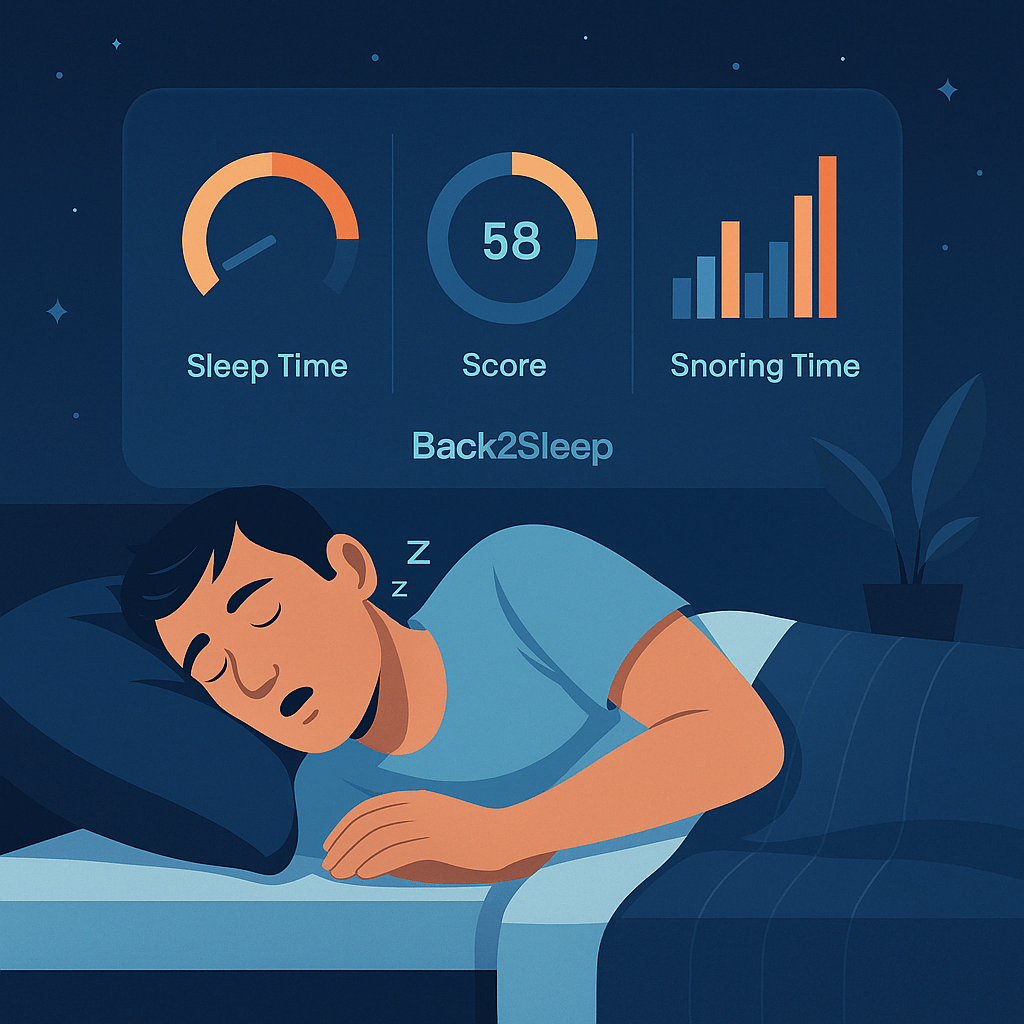
Frequently Asked Questions: Ronchopathy and Treatment
Q: When should I see a sleep specialist about snoring?
A: Consult immediately if experiencing: loud snoring 5+ nights weekly, witnessed apneas, daytime sleepiness despite 8+ hours sleep, morning headaches, or partner complaints of gasping/choking sounds. Don't delay—untreated OSA is cardiovascular disease in slow motion.
Q: Is simple snoring different from sleep apnea?
A: Yes. Simple snoring (AHI <5 events/hour) causes mostly social inconvenience. Sleep apnea (AHI >5 events/hour) involves breathing cessations and oxygen drops—requiring intervention. Only sleep testing determines your category.
Q: Can nasal stents work if I have severe OSA?
A: Nasal stents work best for mild-to-moderate OSA (AHI 5-30 events/hour). Severe OSA (AHI >30) typically requires CPAP or combination therapy. However, 30% of "CPAP failures" achieve excellent results with nasal stent + CPAP combination.
Q: How long does adaptation take?
A: Most users adapt within 2-3 nights (like contact lens insertion). Some require 1-2 weeks if gag reflex is sensitive. Compare this to CPAP's 4-8 week adjustment period—a dramatic difference for treatment initiation.
Q: Do nasal stents interfere with daytime activities?
A: No. Remove them every morning. They're designed for nighttime use exclusively. You can exercise, attend meetings, eat normally—no disruption to daytime function. Perfect for shift workers and international travelers.
Q: What's the cost comparison over 5 years?
A: Nasal stent (monthly replacement): €35 × 60 months = €2,100. CPAP (machine + replacements + supplies): €2,500-8,000. Oral appliance (device + annual maintenance): €2,500-6,000. Nasal stents offer the lowest long-term cost with highest user satisfaction.
Meet Our Sleep Medicine TeamYour Path Forward: Taking Action Against Ronchopathy
Ronchopathy is no longer a condition you must simply accept. 2025 offers unprecedented treatment options—from evidence-based devices to surgical solutions. The key is finding YOUR optimal solution.
"Quality sleep isn't a luxury—it's the foundation of health, relationships, and life satisfaction. Treatment begins with honest assessment and commitment to change."
Start Your Sleep Transformation: Order Starter Kit Learn More About Nasal Stent Therapy